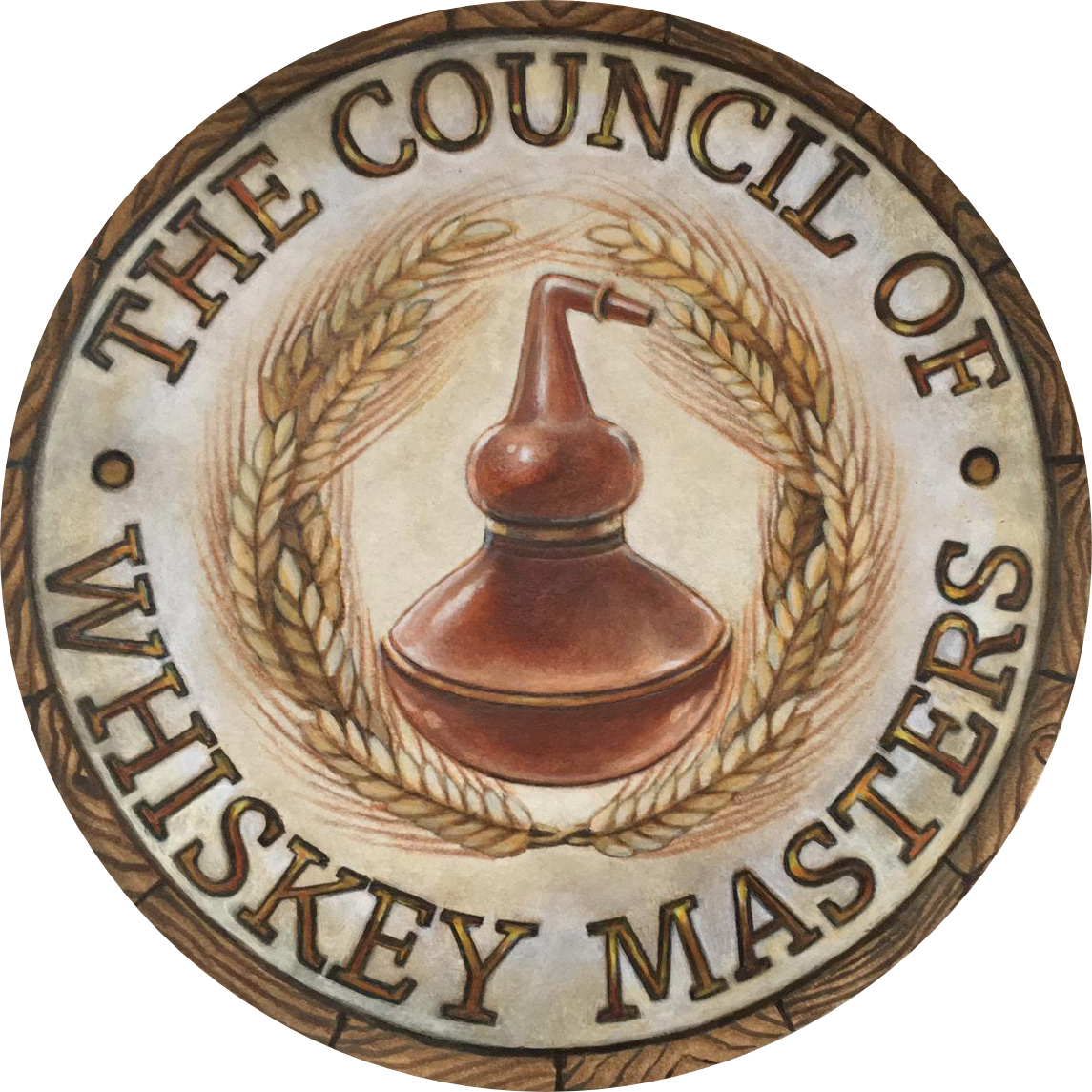Certified Whiskey Specialist (CWS)
The Council’s rigorous Level II professional certification is the gold standard credential in global whiskey competence. All Level II candidates must have previously passed either the Certified Scotch Professional (CSP) or the Certified Bourbon Professional (CBP) exam.
The Certified Whiskey Specialist™ (CWS) exam covers both Scotch and Bourbon in detail, as well as other important global whisk(e)ys from North America, Ireland, Japan, and emerging regions. Enrollment in the CWS study program is $495, with study text included.
Those Scotch or Bourbon professionals who pass the Level II exam will thereby demonstrated the theoretical foundations and readiness to proceed to master level study (Levels III & IV).
Candidates may choose either the spelling “Certified Whiskey Specialist” or the spelling “Certified Whisky Specialist” for their printed diploma, in acknowledgement of the various regional spelling preferences around the world. Both spellings will be recognized by the Council as valid titles.
Level II also introduces a requirement for producer-specific knowledge. Stylistic knowledge and important facts about some of the classical distillers and their most iconic bottles must be demonstrated by candidates. The full curriculum can be seen below.
=> Enrollment for the Level II “CERTIFIED WHISKEY SPECIALIST” program is now open:
You can schedule your CWS exam anytime after (1) you enrolled with the above button and (2) you either passed the CSP or the CBP exam of the program. Retake fee in case of a failed exam is $295.
Available exam dates and times are published HERE.
Curriculum for the Certified Whiskey Specialist (CWS) program:
All topics are covered by the textbook the Council provides with enrollment—from the sections and distillery profiles corresponding to the list below, as well as from the book's maps, graphic illustrations and glossary.
Candidates please note: The book contains a good amount of travel/experiential narrative that captures individual impressions of the author. You will only be responsible for facts, and not merely subjective impressions or opinions shared in the book.
Candidates should expect at least one exam question about each of the producers listed below (but not about their specific bottlings), and several detailed questions derived from the sections on production, overarching whiskey concepts, and regional knowledge, plus the glossary.
Tasting of mentioned producers is much advised for better understanding of styles, though not required for this exam.
Whiskey Production
Malt Production
Grain Production
Single Pot-Still Irish Production
Kentucky & Tennessee Production
Overarching Aspects of Whisk(e)y
Terroir
Flavor
How to Taste
Flavor Camps and Flavor Map
Glossary
Regional Knowledge
Scotland, with all regional sub-regions
Ireland
Japan (incl. section on Japanese Blends)
United States of America (incl. section on craft distillers)
Canada
England
Wales
France
Netherlands
Germany
India & the Far East (covering India and Taiwan)
Rest of the World
Relevant Producer Profiles
The Glenlivet
Glenfarclas
The Macallan
Glenfiddich
Glen Moray
Glengoyne
The GlenDronach
Tomatin
Glenmorangie
Old Pulteney
Oban
Auchentoshan
Ardbeg
Lagavulin
Laphroaig
Bunnahabhain
Caol Ila
Bowmore
Bruichladdich
Kilchoman
Jura
Talisker
Highland Park
Springbank
Bushmills
IDL & West Cork Distillers
Tullamore
Yamazaki
Mars Shinshu
Maker’s Mark
Woodford Reserve
Wild Turkey
Buffalo Trace
Jim Beam
Jack Daniel’s
George Dickel
High West
Gimli (Crown Royal)
Canadian Club
Representative Sample Questions
Question 1: If a distiller chooses to have a short fermentation, his final spirit will have a proncounced __________ character.
A. fruity
B. floral
C. spicy
D. malty
Question 2: Which of these is the northernmost whisky-producing country that can grow barley?
A. Denmark
B. Iceland
C. Sweden
D. Finland
Question 3: Formerly owned by Glenmorangie, this distillery produces fruity, buttery malts. Its relatively warm microclimate pulls more of its spirit into the wood, resulting in a spicy and sweet character.
A. Auchentoshan
B. The GlenDronach
C. Ardbeg
D. Glen Moray
Question 4: The terms "new make," "white dog" and "clearic" all refer to:
A. Bottled but unlabeled whisk(e)y
B. Newly distilled spirit
C. Matured but not yet bottled whisk(e)y
D. A disappointing spirit
Question 5: In the 1930s, this distillery started the use of triple-distillation in Irish whiskey:
A. Midleton
B. Tullamore
C. Cooley
D. Bushmills




